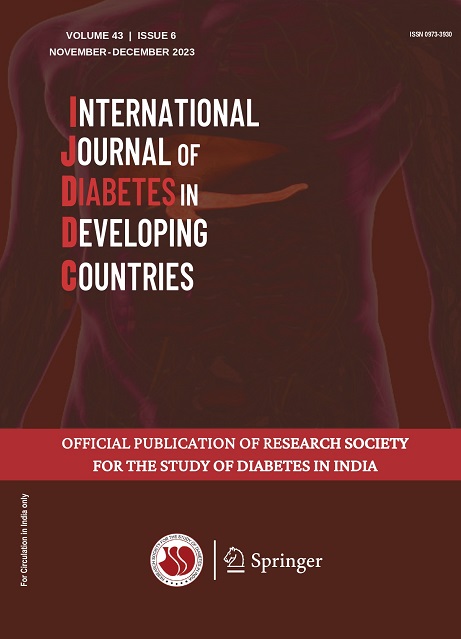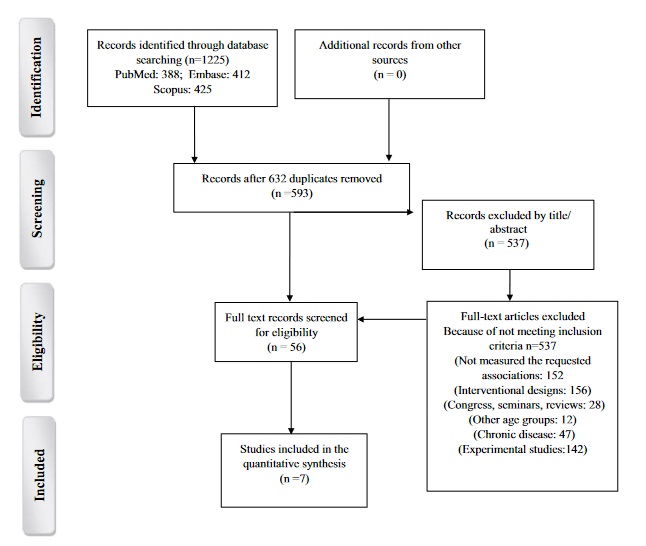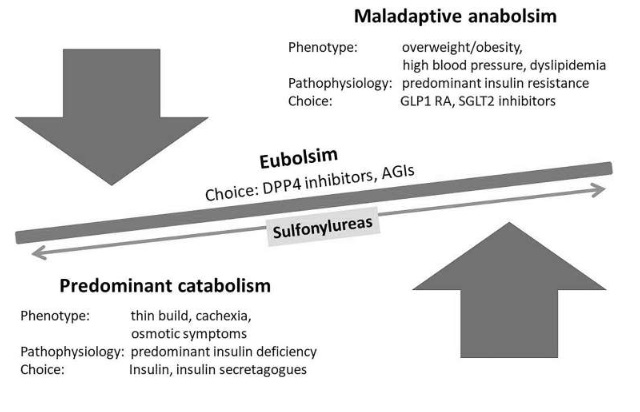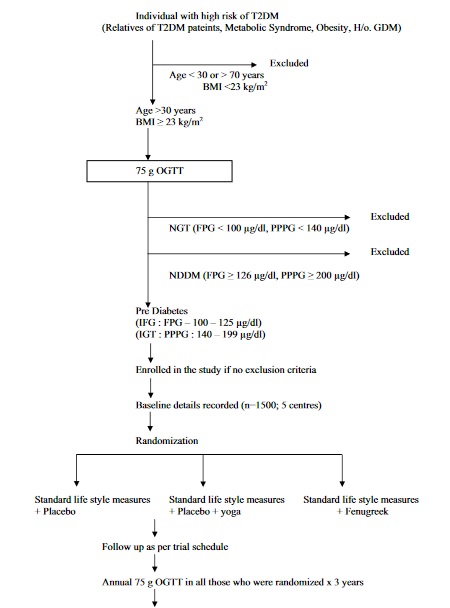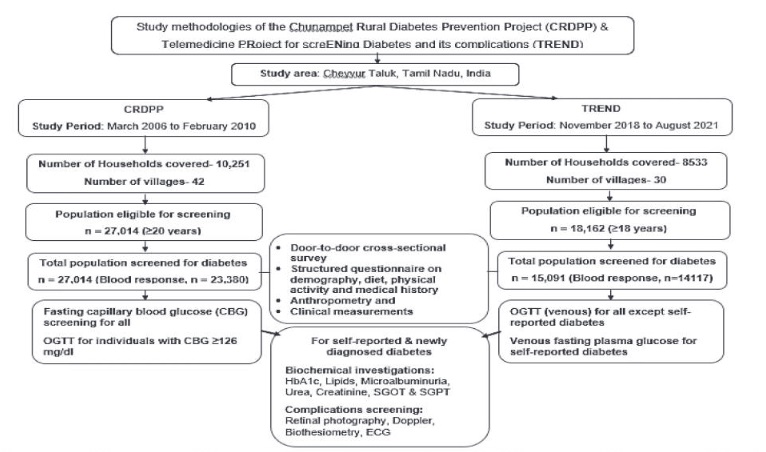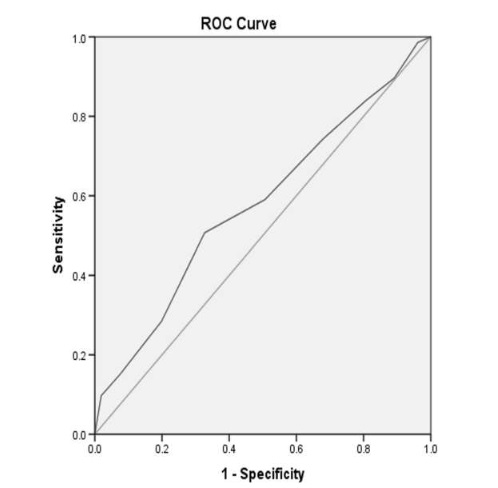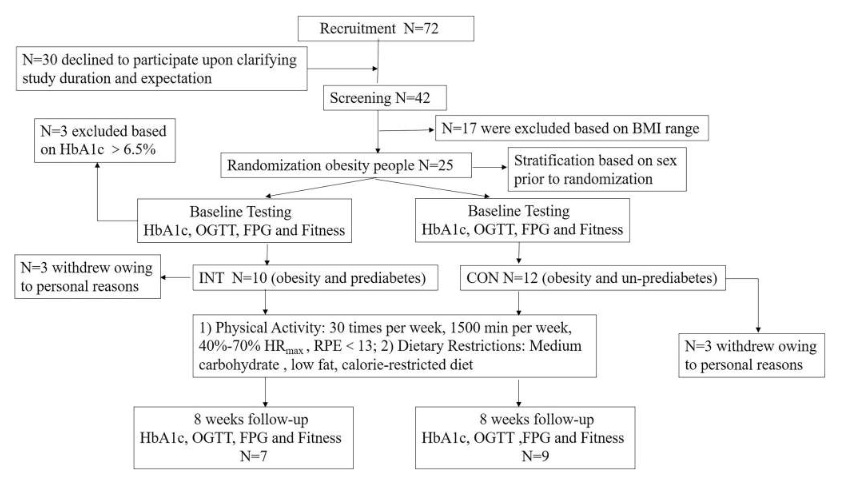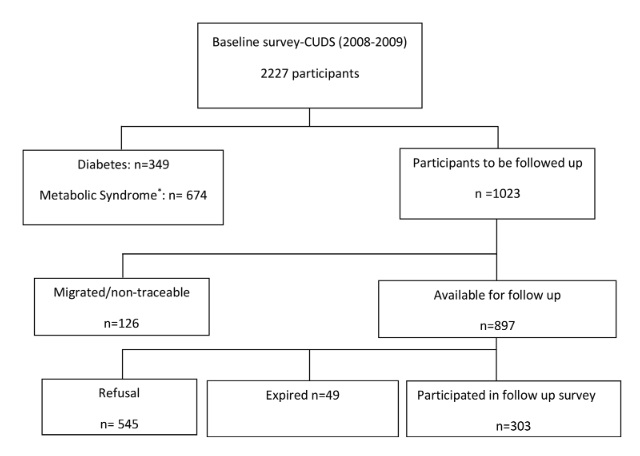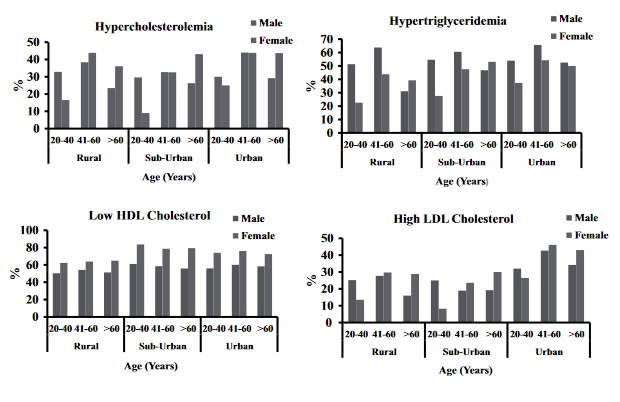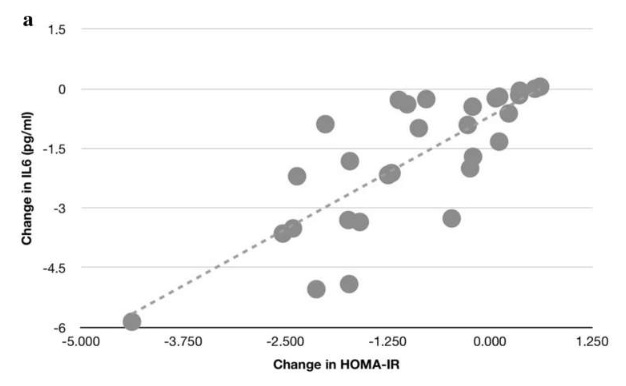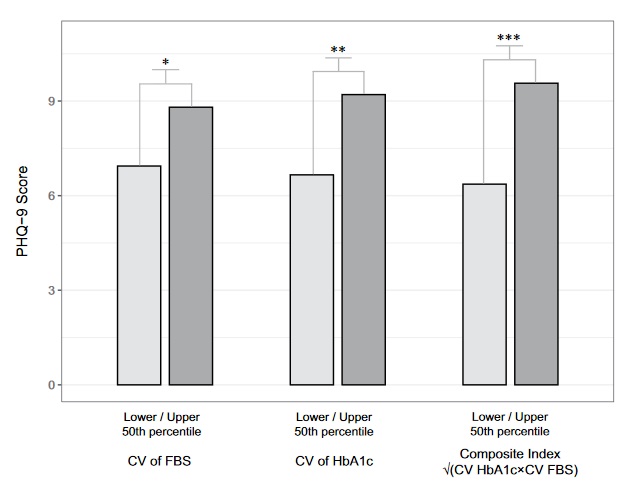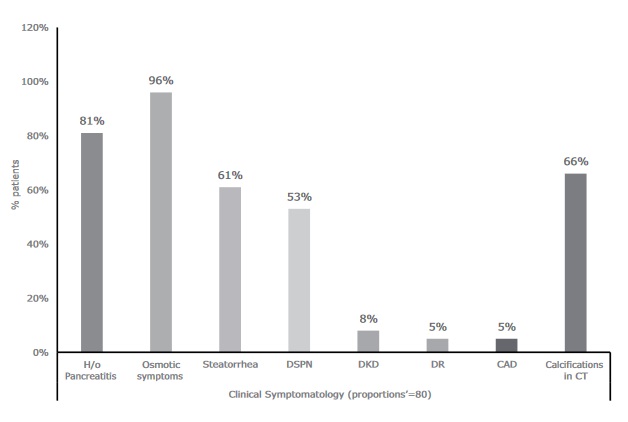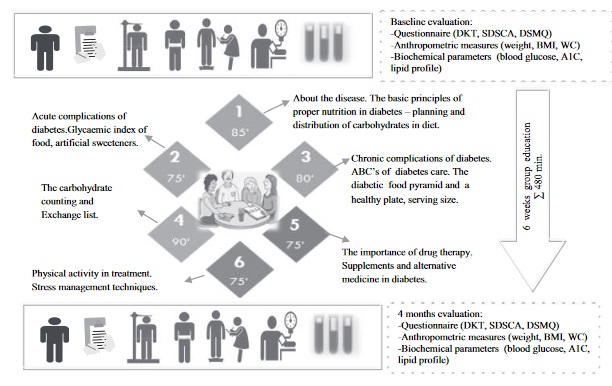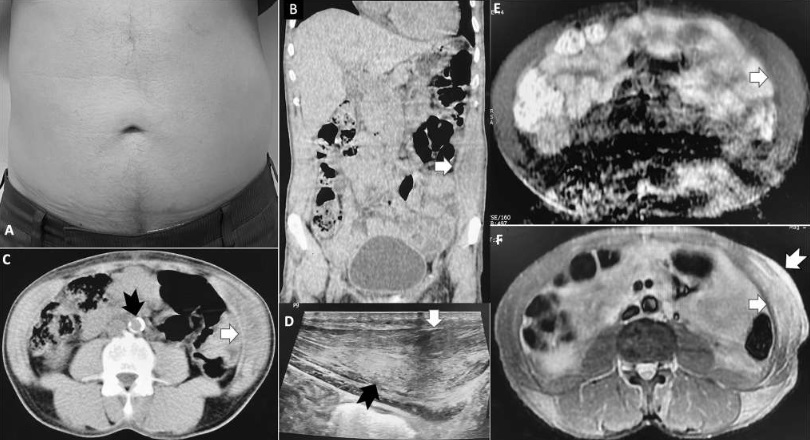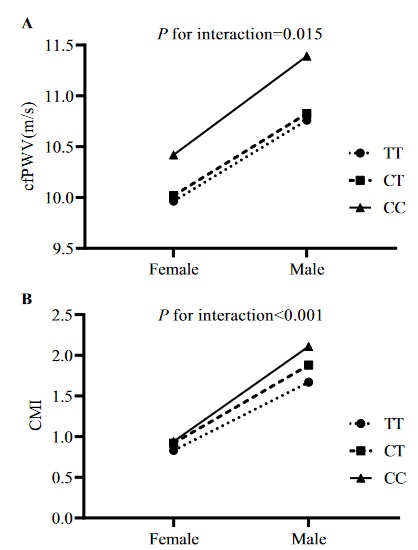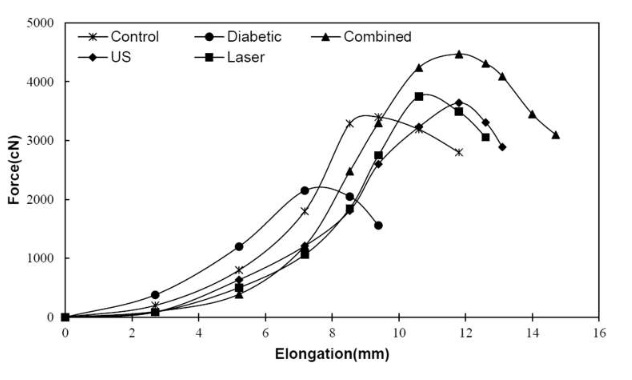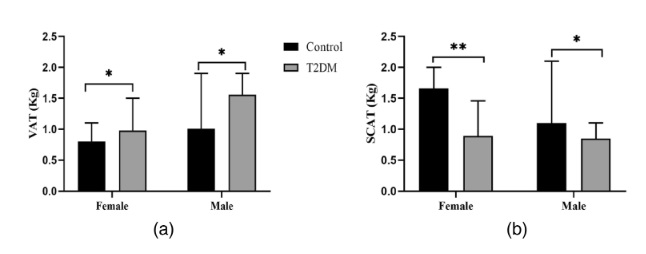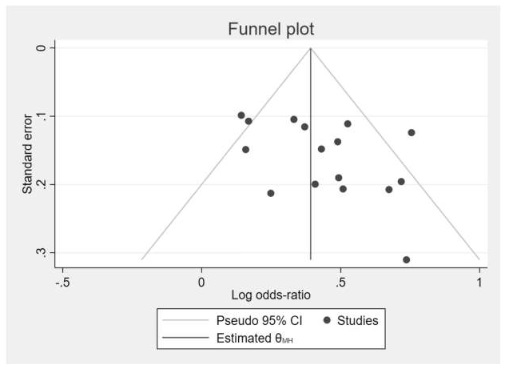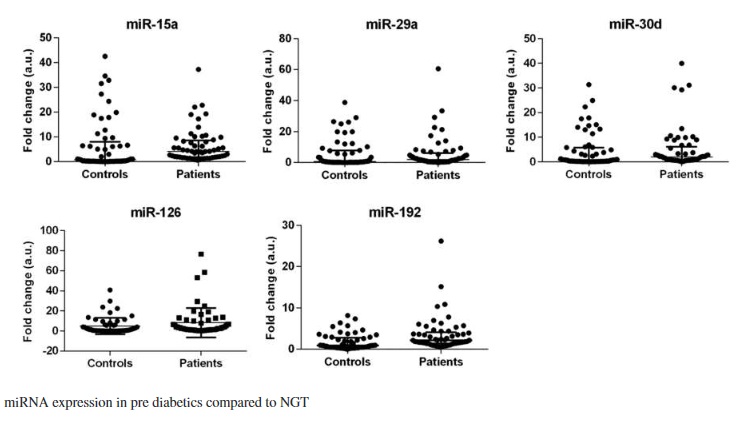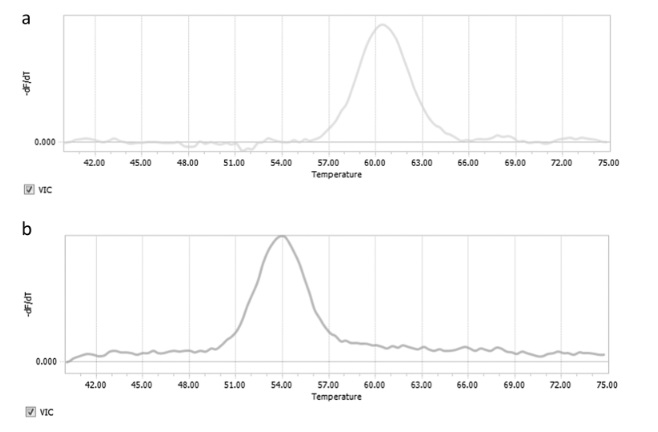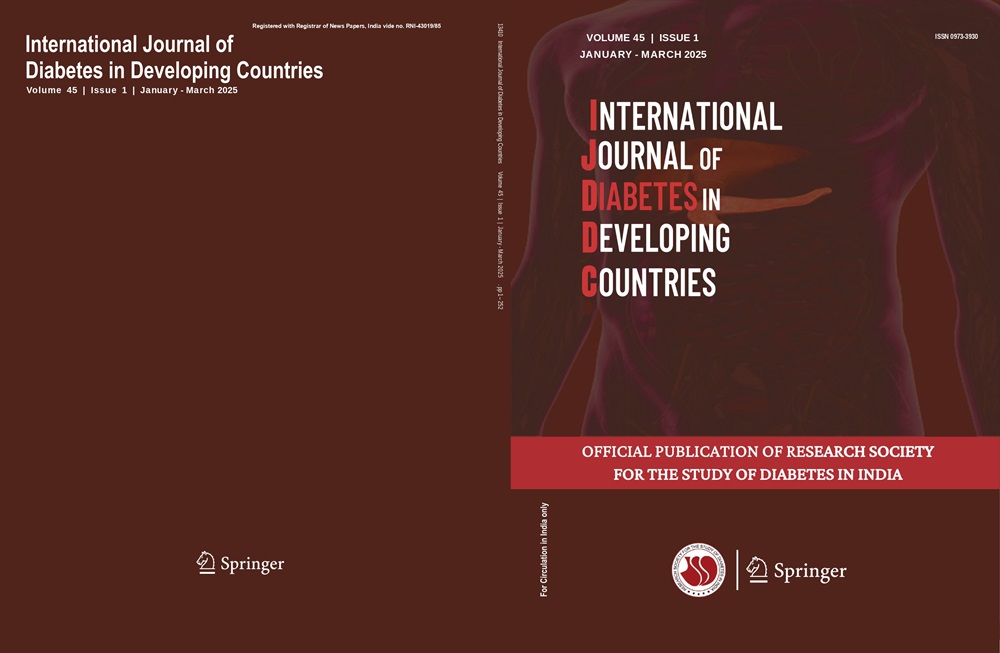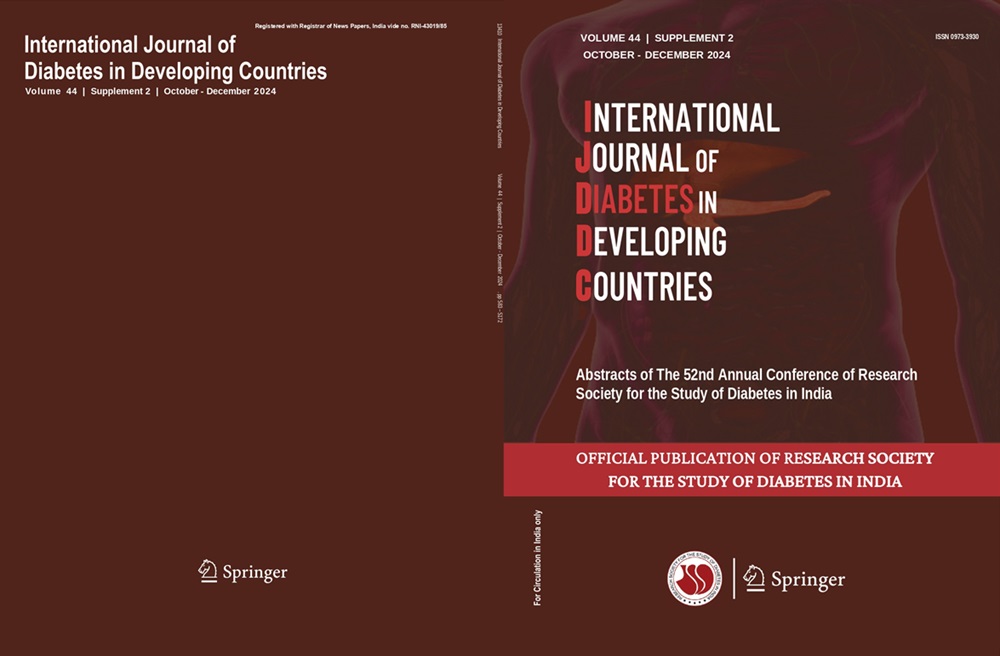November-December, 2023 • Vol. 43 • # 6
Don't let the "Pre" of Prediabetes fool you!
South Asia is home to nearly a quarter of the world’s popula- tion and is currently undergoing an epidemiological transi- tion with an explosion in the prevalence of non-communi- cable diseases (NCDs). India, the largest country in the region, is also the largest contributor to the NCD bur- den.
Circulating Advanced Oxidation Protein Products (AOPPs) increases the risk of metabolic syndrome among adults: A systematic review and meta-analysis
Several studies have highlighted the possible role of advanced oxidation protein products (AOPPs) in promotion of metabolic syndrome (MetS). However, due to inconsistencies in this field, we aimed to quantitatively summarize the results of studies that evaluated the association between AOPPs, with MetS indices among adult population.
Time to reposition sulfonylureas in type 2 diabetes management in Indian context: A pragmatic practical approach
Sulfonylureas (SU) continue to be a vital therapeutic category of oral hypoglycemic agents (OHAs) for the management of type 2 diabetes mellitus (T2DM)
A multicentric, randomized, controlled trial of yoga and fenugreek in prevention of type 2 diabetes mellitus: methodological details-the Indian Prevention of Diabetes Study (IPDS)
Preliminary studies have shown that yoga as well as fenugreek are beneficial in patients with type 2 diabetes mellitus (T2DM). This clinical trial is the first of its kind to prospectively evaluate in a multicentric, randomized, and controlled design if yoga and fenugreek can prevent the composite outcome of T2DM in prediabetic individuals.
Secular trends in the prevalence of diabetes and prediabetes among the rural population of South India
This study aimed to assess the secular trends in the prevalence of diabetes and pre-diabetes from two cross-sectional studies done 11 years apart, in rural Tamil Nadu.
Utility of Indian diabetes risk score for the screening of type 2 diabetes mellitus and cardiovascular disease in and around areas of Lucknow
Type 2 diabetes mellitus (T2DM) and abdominal obesity are the principal foundation for the development and progression of cardiovascular disease (CVD) and its associated mortality. This study is aimed to analyse the utility of Madras Diabetes Research Foundation-Indian diabetes risk score (MDRF-IDRS) for the screening of T2DM and CVD.
The effect of moderate-intensity endurance plus resistance training combined with MCCR diet on glycemic status in prediabetes
There is little clinical evidence that exercise improves prediabetic individuals' glycemic status on glycated hemoglobin A1c (Hb1Ac) and homeostatic model assessment (HOMA) indices.
Progression of prediabetes to diabetes and its associated factors: The Fasa Adult Cohort Study(FACS)
Prediabetes is a strong predictor for type 2 diabetes mellitus (T2DM). However, the possible effects of other factors on the above association are unknown. This study aimed to determine factors associated with the progression of prediabetes to T2DM.
Incidence and predictors of metabolic syndrome in Asian-Indians: a 10-year population-based prospective cohort study
Metabolic syndrome represents aggregation of risk factors associated with an increased risk of developing type 2 diabetes mellitus (DM) and atherosclerotic cardiovascular disease (ASCVD).
Association of vitamin D deficiency and insulin resistance in nondiabetic obese women: role of parathyroid hormone
Serum vitamin D (25-hydroxyvitamin-D; 25(OH) D) is associated with glucose metabolism in obese subjects. However, results are conflicting as other related metabolites like a parathyroid hormone (PTH) were not accounted for. We examined the joint association of 25(OH) D and PTH with the prevalence of insulin resistance (IR) in non-diabetic obese women.
Quality of life among type 2 diabetes patients aged 30–64 years attending diabetes clinic in a tertiary care hospital in East Delhi, India
To assess the quality of life (QOL) among type 2 diabetes patients aged 30–64 years belonging to middle and high income group and to find out the factors associated with it
Prevalence and risk factors for dyslipidemia among South Indian adults: A community based-NCD study
The aim of the present investigation is to describe the prevalence of dyslipidemia and the risk factors associated with adverse lipid profiles among adults residing in rural, sub-urban, and urban areas of India, and to assess its association with diabetes and hypertension.
Associations between basal metabolic rate and insulin resistance in non-diabetic obese adults: Evidence from NHANES 2011-2018
Skeletal muscle and adipocytes do not respond properly to normal levels of circulating insulin, representing the pathological condition known as insulin resistance (IR). This study aimed to evaluate the basal metabolic rate (BMR) in obese, non-diabetic adults and assess its potential relationship with laboratory indicators of IR.
Effect of hydroxychloroquine on beta cell function, insulin resistance, and infl ammatory markers in type 2 diabetes patients uncontrolled on glimepiride and metformin therapy
Very few studies have assessed the impact of hydroxychloroquine (HCQ) on insulin resistance, beta cell function, and inflammatory markers in diabetics which takes paramount importance in understanding the mechanism of its anti-diabetic effect.
Identifying depressive symptoms in patients with type 2 diabetes mellitus: the role of glucose variability and concomitant hypothyroidism
Depression in diabetes results in a worse prognosis and quality of life, and increased costs to the patient and the healthcare system, yet remains largely underdiagnosed. We intend to evaluate the role of glucose variability (GV) indices as predictors of depressive symptoms (DS) in type 2 diabetes mellitus.
Pancreoprivic diabetes : A clinico-etiological perspective from a single center in Andhra Pradesh, India
Pancreoprivic diabetes is a brittle form of diabetes arising from a pancreatic disease. It is often associated with glycemic variability, exocrine insufficiency and risk of hypoglycemia. Studies focusing on its profile are scarce in India. This study aims to understand the clinico-etiological profile of pancreoprivic diabetes.
A structured nurse-led diabetes education program for type 2 diabetes patients receiving hypoglycemic therapy in Serbia
Our purpose was to evaluate the effect of a structured diabetes self-management education program on diseases-related knowledge, self-management activities, and the anthropometric and biochemical parameters of glycoregulation in participants.
Personalized lifestyle change approaches for preventing type 2 diabetes in people with prediabetes
A group of experts from India recently published a guideline with recommendations for managing type 2 diabetes in clinical practice in the International Journal of Diabetes in Developing Countries
Diabetic myonecrosis of isolated internal oblique muscle, a rare presentation of an uncommon condition: A case report
Diabetic myonecrosis is usually encountered in patients with long-standing diabetes mellitus, particularly those with uncontrolled glycemia and target organ damage. It is considered a form of microangiopathy and commonly involves large muscles of the lower extremities. Upper limb muscles are involved infrequently, and involvement of trunk muscles is extremely rare. Isolated involvement of abdominal muscle has never been reported so far.
PROX1 gene rs340874 single nucleotide polymorphism, body mass index, and early atherosclerosis in Chinese individuals: the CRC study
Atherosclerosis is a primary risk factor for cardiovascular disease, but its pathogenesis is unclear. Previous studies reported that the prospero homeobox 1 (PROX1) gene is associated with lipid disorders and insulin resistance.
Effect of 6 weeks of aerobic training with nanocurcumin consumption on IL1β, nitric oxide, and depression in women with metabolic syndrome
The use of anti-inflammatory supplements is important in improving the executive function of obese people. This research aims to investigate the effect of 6 weeks of aerobic exercise with moderate intensity as well as the consumption of nanocurcumin on IL1β, nitric oxide (NO), and depression in women aged 60–65 with metabolic syndrome
The combination effect of ultrasound and laser therapy on wound healing in diabetic rat model: histological and biomechanical evaluations
Defect in wound healing is a serious problem in diabetes. There are several physical treatment approaches such as ultrasound and laser therapy. This study was designed to determine the combination effect of ultrasound and laser on diabetic wound healing in a rat model.
High molecular weight adiponectin and DXA-derived abdominal subcutaneous adipose tissue may independently protect against type 2 diabetes regardless of body mass index
High molecular weight (HMW) adiponectin, biologically active form of the most abundant adipokine, is a potential biomarker of T2DM. As opposed to waist circumference (WC), dual energy X-ray absorptiometry (DXA) scan is able to distinguish between abdominal visceral adipose tissue (VAT) and subcutaneous adipose tissue (SCAT).
Associations of the MTNR1B rs10830963 and PPARG rs1801282 variants with gestational diabetes mellitus: A meta-analysis
Single nucleotide variants (SNVs) of functional diabetogenic genes are also involved in the pathogenetic mechanism of gestational diabetes mellitus (GDM). This study aimed at assessing associations of GDM with MTNR1B and PPARG gene variants in different racial populations
Circulatory levels of multiple microRNA associated with prediabetes
Prediabetes is an intermediate condition which transits to diabetes mellitus on later stage. Identifying a non-invasive marker may help in the early detection of this stage. Role of circulatory miRNAs as biomarker was explored in various disease conditions including prediabetes. Six potential circulatory miRNAs associated most studied in prediabetes were shortlisted and their diagnostic utility was evaluated in the present study.
Protective effect of the rare variant rs13266634C/T of the SLC30A8 gene in the genetic background of the development of type 2 diabetes in Turkish population
In our study, 650 nonobese individuals (366 T2D and 284 healthy individuals) were enrolled. Target SNP was genotyped by real-time PCR using the LightSNiP Genotyping Assay System.
Correction to: Protective effect of the rare variant rs13266634C/T of the SLC30A8 gene in the genetic background of the development of type 2 diabetes in Turkish population
The correct family name of the 3 rd Author is Korez.
.jpg)
